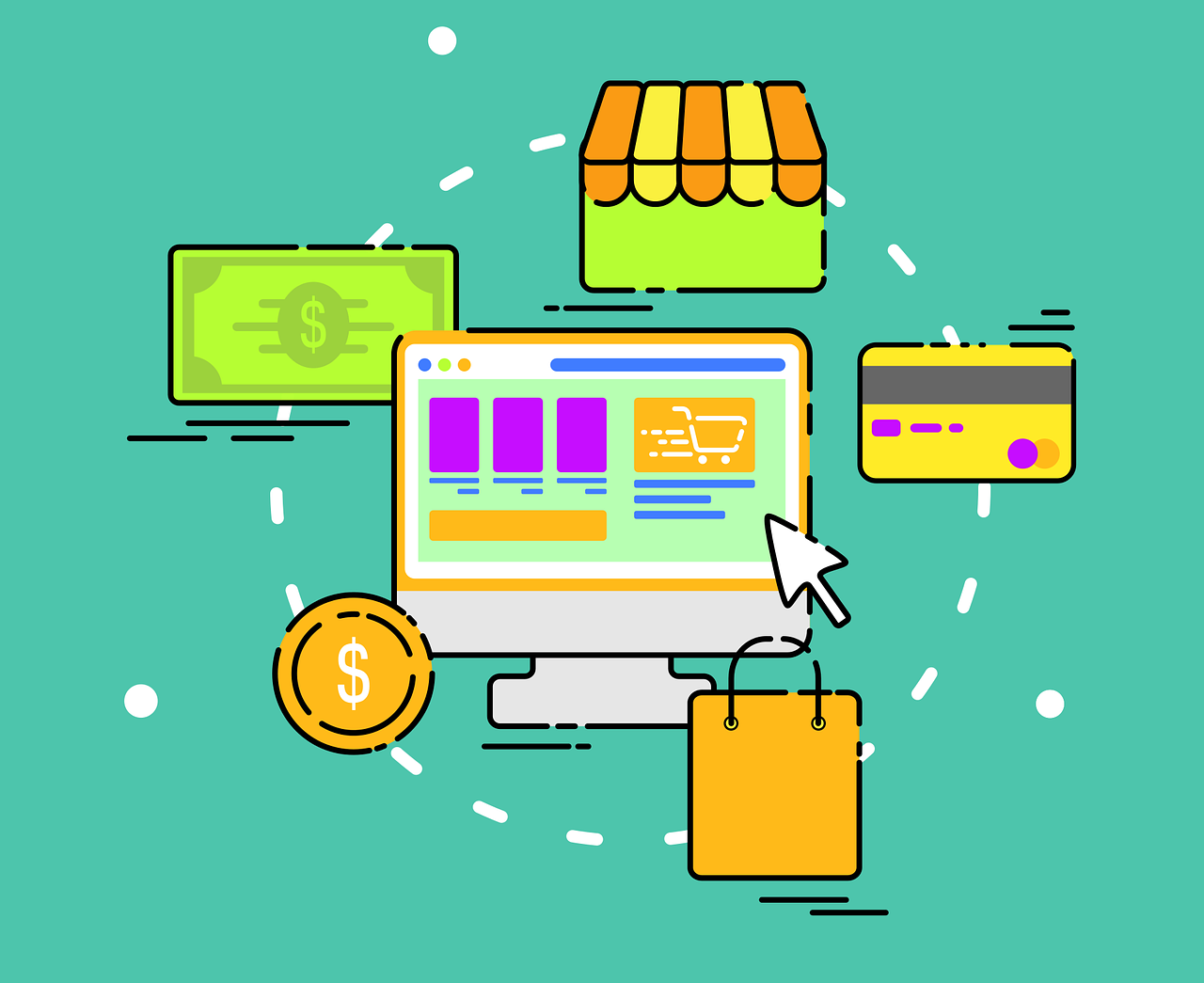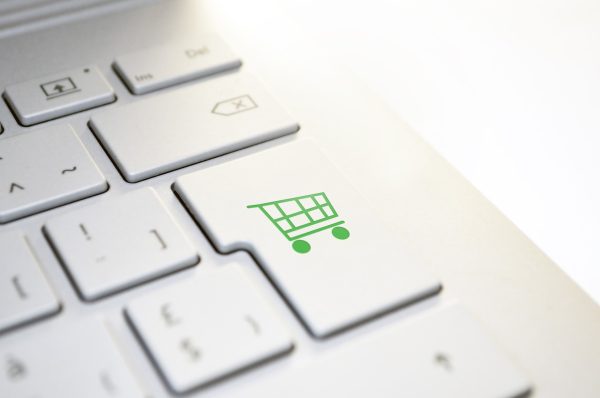The e-commerce industry has been continuously evolving since its inception. With the widespread adoption of the internet and smartphones, the industry has grown exponentially in recent years. However, with the increasing competition and changing consumer behavior, it has become imperative for e-commerce businesses to keep up with the latest technologies and trends.
In this article, we will explore the future of e-commerce and the innovative technologies that are shaping the industry. From artificial intelligence to blockchain, we will discuss the various advancements that are revolutionizing the way e-commerce operates.
Introduction
The e-commerce industry has come a long way since the first online transaction was made in 1994. Today, it is a multi-billion dollar industry that has transformed the way people shop. With the rise of mobile devices and the internet, e-commerce has become more accessible than ever before. However, with the increasing competition and changing consumer behavior, e-commerce businesses need to stay ahead of the game to succeed in the long run.
The Future of E-commerce: Exploring Innovative Technologies Shaping the Industry
The e-commerce industry is constantly evolving, and the future holds many exciting possibilities. From virtual reality to drone deliveries, there are many innovative technologies that are shaping the industry. Let’s take a look at some of the most promising advancements that are set to change the way e-commerce operates.
Artificial Intelligence
Artificial intelligence (AI) is one of the most promising technologies in the e-commerce industry. It has the potential to transform the entire shopping experience by providing personalized recommendations and insights. With AI, e-commerce businesses can analyze vast amounts of data to understand consumer behavior and preferences. This information can be used to create targeted marketing campaigns and offer personalized product recommendations.
One example of AI in e-commerce is chatbots. Chatbots are virtual assistants that can interact with customers in real time. They can help customers find products, answer questions, and even process payments. This technology is already being used by many e-commerce businesses and is set to become even more prevalent in the future.
Augmented Reality
Augmented reality (AR) is another technology that is set to change the way we shop. It allows customers to visualize products in a real-world setting before making a purchase. This technology is particularly useful for businesses that sell products that require a physical presence, such as furniture or clothing.
One example of AR in e-commerce is the IKEA Place app. The app allows customers to visualize IKEA furniture in their own homes using AR technology. This helps customers make more informed purchase decisions and reduces the risk of returns.
Blockchain
Blockchain is a distributed ledger technology that allows for secure and transparent transactions. It has the potential to revolutionize the way e-commerce businesses operate by providing a secure and decentralized platform for transactions.
One example of blockchain in e-commerce is the use of cryptocurrency for payments. Cryptocurrency transactions are secure and decentralized, which makes them less vulnerable to fraud and hacking. This technology is already being used by some e-commerce businesses and is set to become more prevalent in the future.
Voice Commerce
Voice commerce is another technology that is set to change the way we shop. It allows customers to make purchases using voice commands, such as through smart speakers or virtual assistants. This technology is particularly useful for businesses that sell products that require frequent replenishment, such as groceries or toiletries.
One example of voice commerce in e-commerce is the Amazon Echo. The device allows customers to make purchases through Amazon using voice commands. This technology is set to become more prevalent as more households adopt smart speakers.
Omnichannel Retailing
Omnichannel retailing is a strategy that allows businesses to provide a seamless shopping experience across multiple channels. It involves integrating offline and online touchpoints to create a cohesive and personalized shopping experience for customers.
One example of omnichannel retailing in e-commerce is the use of in-store pickup. Customers can purchase products online and pick them up in-store, providing the convenience of online shopping with the immediacy of in-store purchases. This strategy also allows businesses to reduce shipping costs and increase foot traffic to their physical stores.
3D Printing
3D printing is a technology that allows businesses to create physical products using digital files. This technology has the potential to revolutionize the supply chain by reducing the time and costs associated with traditional manufacturing methods. It also allows businesses to create customized products at scale, providing a unique and personalized shopping experience for customers.
One example of 3D printing in e-commerce is the use of on-demand manufacturing. Instead of producing products in bulk and storing them in a warehouse, businesses can produce products on demand as orders come in. This reduces inventory costs and allows businesses to offer a wider range of products without the risk of overstocking.
Subscription Services
Subscription services are a popular business model in the e-commerce industry. They allow businesses to provide a recurring revenue stream by offering products or services on a subscription basis. This model also provides a predictable revenue stream and allows businesses to build long-term relationships with their customers.
One example of subscription services in e-commerce is the Dollar Shave Club. The company offers a monthly subscription service for razors and other grooming products, providing customers with a convenient and cost-effective way to stay stocked on essential items.
Cybersecurity
Cybersecurity is an important consideration for any e-commerce business. With the increasing number of cyber-attacks and data breaches, businesses need to take steps to protect their customers’ sensitive information. This includes implementing secure payment processing systems, using SSL encryption, and following best practices for data storage and management.
One example of cybersecurity in e-commerce is the use of two-factor authentication. This security measure requires customers to provide two forms of identification, such as a password and a verification code, to access their accounts. This helps to prevent unauthorized access and protect sensitive information.
Cloud Computing
Cloud computing is a technology that allows businesses to store and access data and applications over the Internet. This technology provides businesses with the flexibility and scalability they need to manage their operations efficiently. It also allows businesses to access the latest software and technologies without the need for expensive hardware or IT infrastructure.
One example of cloud computing in e-commerce is the use of cloud-based inventory management systems. These systems allow businesses to track inventory levels in real time, manage multiple sales channels, and automate order fulfillment processes. This technology is particularly useful for businesses that operate in multiple locations or sell products across multiple channels.
FAQs
What is the future of e-commerce?
The future of e-commerce is bright, with many exciting technologies set to revolutionize the industry. From artificial intelligence to blockchain, there are many innovative technologies that are shaping the way e-commerce operates.
How can businesses stay ahead in the e-commerce industry?
Businesses can stay ahead in the e-commerce industry by keeping up with the latest technologies and trends. They should also focus on providing a personalized and seamless shopping experience for their customers.
What are some of the most promising technologies in e-commerce?
Some of the most promising technologies in e-commerce include artificial intelligence, augmented reality, blockchain, voice commerce, omnichannel retailing, 3D printing, and subscription services.
How important is cybersecurity in e-commerce?
Cybersecurity is crucial for e-commerce businesses, as data breaches and cyber attacks can have severe consequences for both the business and its customers. Businesses should implement robust security measures to protect sensitive information.
What is omnichannel retailing?
Omnichannel retailing is a strategy that involves providing customers with a seamless and cohesive shopping experience across multiple channels, including online, in-store, and mobile. This approach requires businesses to integrate their sales channels and customer touchpoints to create a cohesive and personalized shopping experience for customers.
How can 3D printing revolutionize the e-commerce industry?
3D printing has the potential to revolutionize the e-commerce industry by reducing the time and costs associated with traditional manufacturing methods. It also allows businesses to create customized products at scale, providing a unique and personalized shopping experience for customers.
Conclusion
The future of e-commerce is exciting and full of promise. With the rapid advancements in technology, businesses have the opportunity to transform the way they operate and provide a more personalized and seamless shopping experience for their customers.
From artificial intelligence and augmented reality to blockchain and 3D printing, there are many innovative technologies that are shaping the future of e-commerce. By adopting these technologies and staying ahead of the curve, businesses can differentiate themselves from the competition and provide their customers with an exceptional shopping experience.
As the e-commerce industry continues to evolve, businesses must remain agile and adaptable to meet the changing needs of their customers. By embracing innovation and focusing on the customer experience, businesses can thrive in the dynamic and competitive e-commerce landscape.
The Future of E-commerce: Exploring Innovative Technologies Shaping the Industry
The future of e-commerce is shaped by the latest technologies and trends, which are transforming the industry in new and exciting ways. From artificial intelligence and augmented reality to blockchain and 3D printing, there are many innovative technologies that are poised to revolutionize the way e-commerce operates.
In this article, we explored some of the most promising technologies in e-commerce, including their potential benefits and impact on the industry. We also discussed the importance of cybersecurity, omnichannel retailing, and subscription services in e-commerce.
As businesses continue to embrace these technologies, they will be able to provide their customers with a more personalized and seamless shopping experience. This will be key to standing out in the competitive e-commerce landscape and building long-term relationships with customers.



